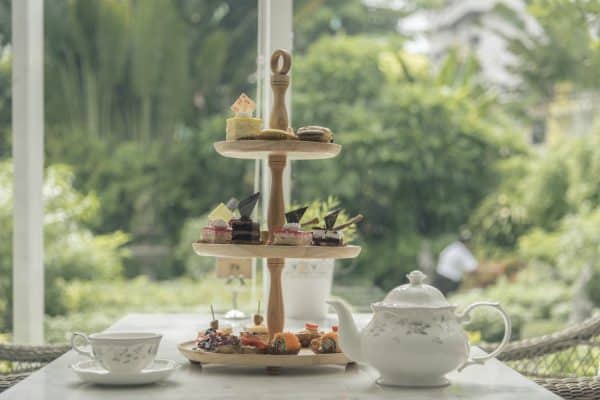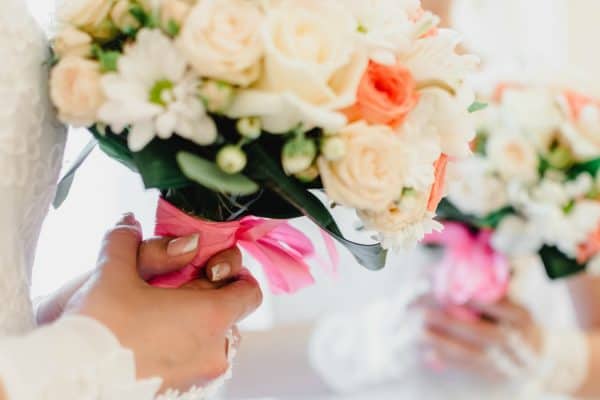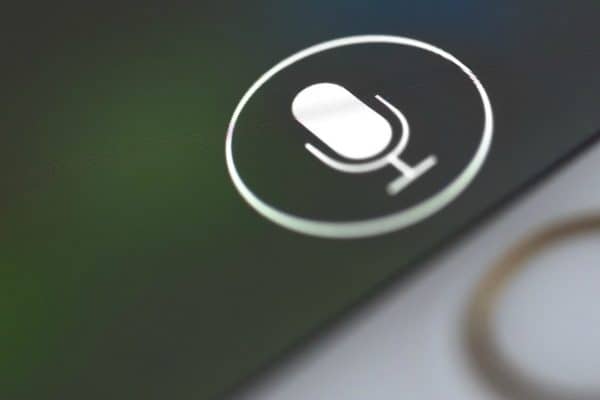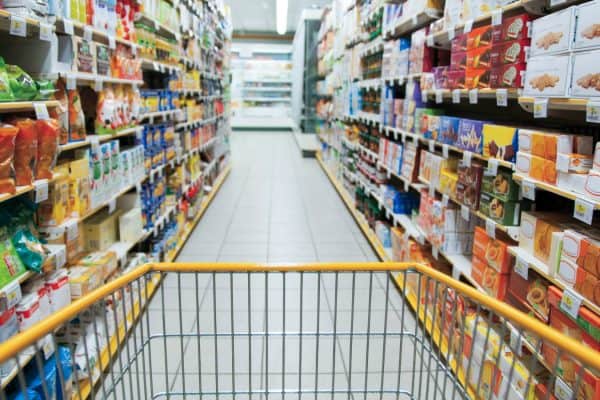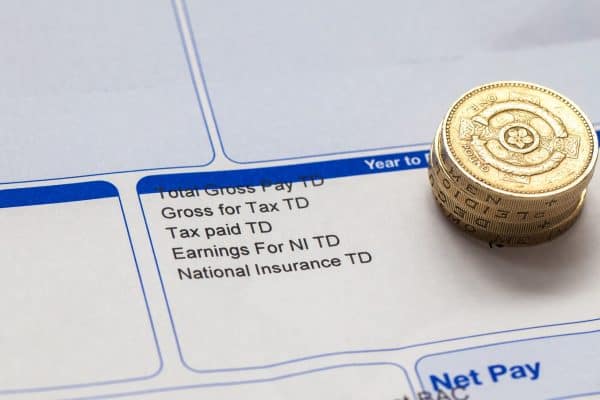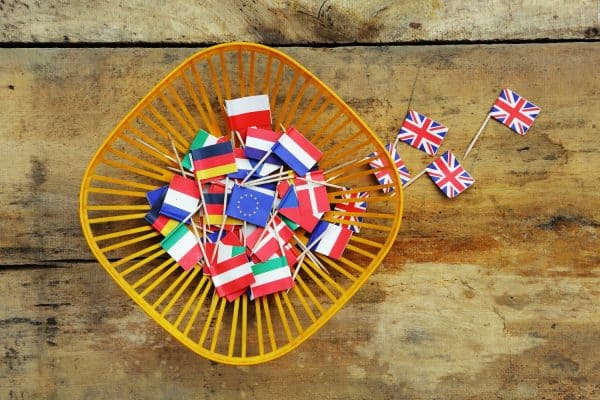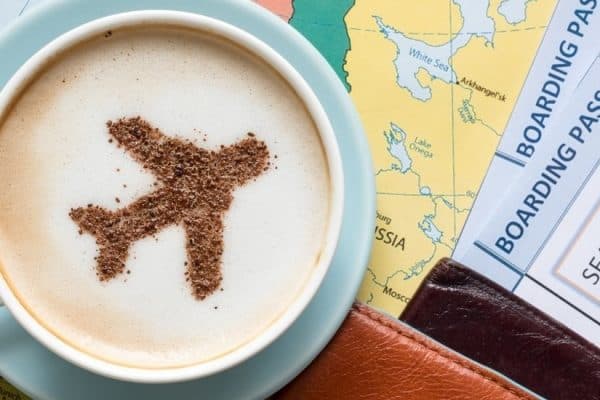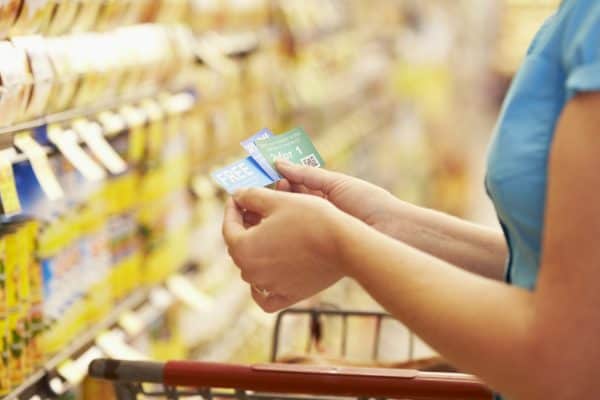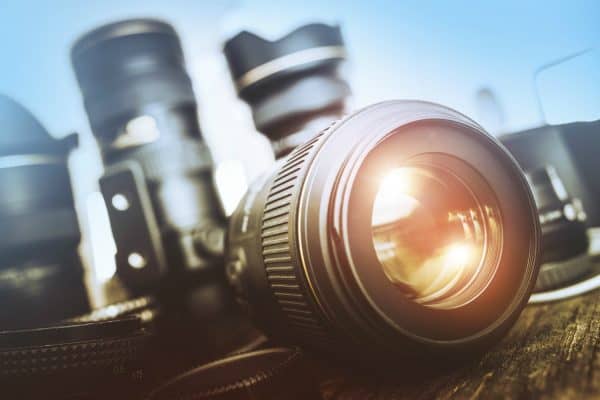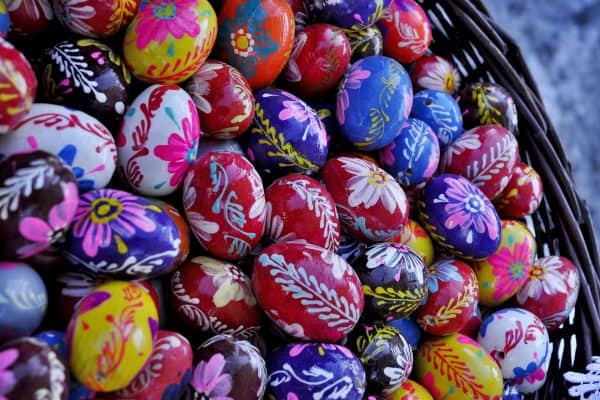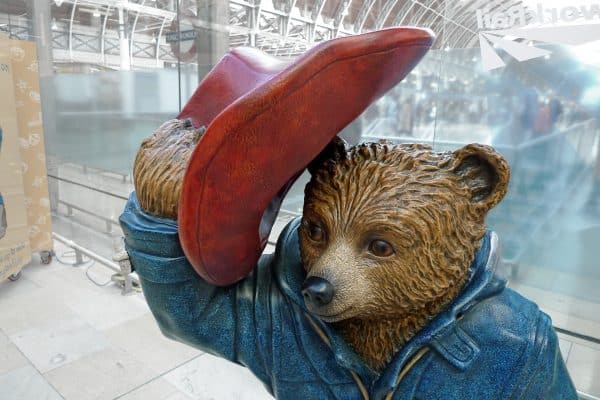Not all eggs are created equal. From the humble hen’s egg to extravagant choices like gull and rhea eggs, flavour, availability, and consequently, price; all vary massively. It may or may not come as a surprise to learn that the most expensive eggs in the world aren’t even edible. But what eggs are these, and what makes them so valuable?
Fabergé eggs: The most expensive eggs in the world
The Fabergé jewellery company made the first Fabergé eggs in Russia in the 19th and early 20th centuries. The Imperial Russian Royal Family, led by Tsar Alexander III, commissioned them as Easter gifts for the Empress. Peter Fabergé, the owner of the Fabergé jewellery company, supervised the crafting of the first egg in 1885. This egg, known as the First Hen or Jeweled Hen, was made entirely from gold coated in opaque white enamel. A thin band of gold showed where the two halves of the egg joined, and inside the egg was a surprise! When twisted to open, the egg contained a round “yolk”, also made of gold. Opening that revealed a gold hen with ruby eyes. The surprises didn’t end there, though. The hen opened, too, and inside was a gold and diamond replica of the Russian imperial crown, including a tiny ruby pendant on a chain.
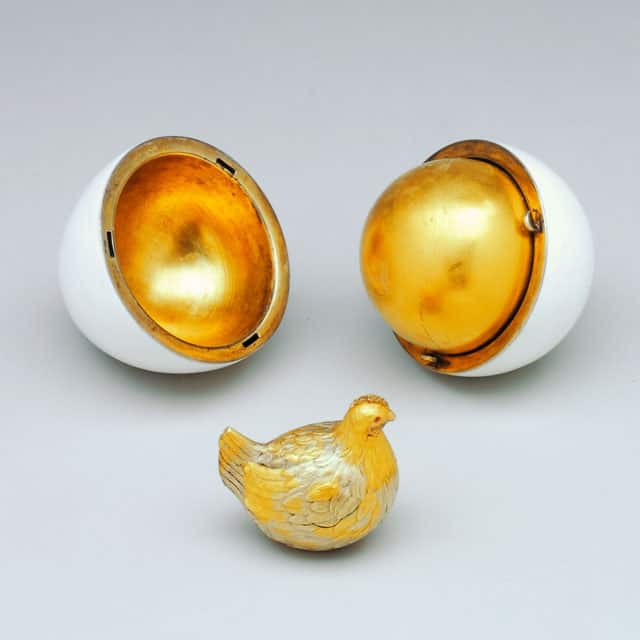
The First Hen; image courtesy of the Forbes collection
A new tradition for the Russian Royal Family
The egg delighted the Empress so much that the Tsar commissioned another Easter egg for her the following year. He also appointed Fabergé a “Goldsmith by special appointment to the Imperial Crown”. The second egg also featured a hen, and is known as the Hen with Sapphire Pendant. From then on, the Tsar commissioned an egg for his wife each Easter, and Fabergé had complete creative freedom over the design of each one. The tradition became so established within the Russian Royal Family that when Tsar Alexander III died in 1894, his son, Nicholas II, continued to commission eggs each year – one for his own wife, and one for his mother, the Dowager Empress.
In total, Peter Fabergé’s company produced 50 Easter eggs for the Russian Imperial family. As promised, each egg was entirely unique and reflected the fashions of the day. For example, Art Nouveau featured heavily in the 1898 egg, “Lilies of the Valley”. This egg’s surprise, revealed by twisting a gold-mounted pearl button, was three portraits set under the Imperial crown: Tsar Nicholas II and his two oldest daughters, the Grand Duchesses Olga and Tatiana.
Other notable designs include the Imperial Coronation egg, which was made in 1897, and an egg commemorating Alexander III made for the Dowager Empress in 1909. The former contains a precise miniature version of the 18th-century Imperial coach that carried the Tsarina to her coronation. This coach is complete with moving wheels, opening doors and a tiny step-stair. The commemorative egg, perhaps unsurprisingly, contained a miniature gold bust of the late Tsar. It is one of four eggs that commemorate his reign.
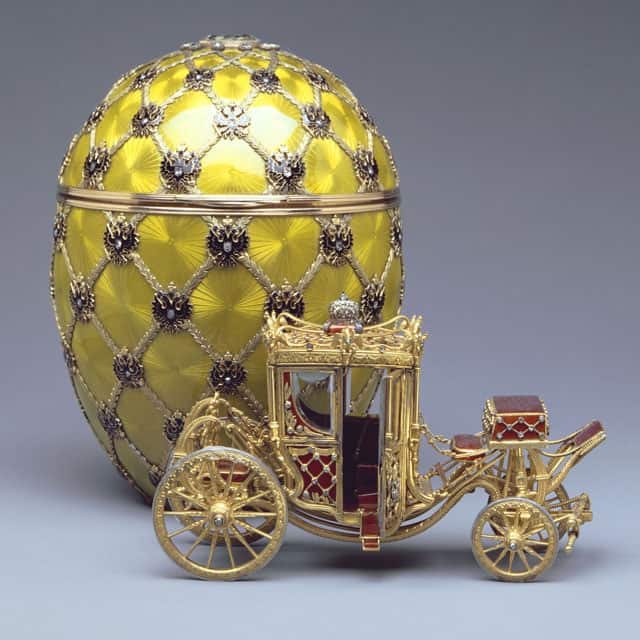
Coronation Egg; image courtesy of the Forbes collection
Other Fabergé eggs
The Imperial Fabergé eggs created quite a stir high society circles at the turn of the century. A few Russian and European aristocrats commissioned Fabergé to make similar eggs for them. Notable clients included the Duchess of Marlborough and the Rothschild family. Fabergé was also commissioned by nobleman and industrialist Alexander Kelch, who asked the jeweller to make a number of eggs for his wife. None of these eggs are as elaborately designed as the Imperial eggs. However, they do follow the same pattern of hiding a surprise inside. More modern eggs exist, too, as the Fabergé brand is still around today. These eggs are still expensive eggs, but do not carry the same value as the originals made in Russia. They’re clearly marked so as to avoid confusion.
What makes Fabergé eggs the most expensive eggs in the world?
Fabergé eggs are all made from precious metals and gemstones, so for this reason alone it’s no surprise that they’re the most expensive eggs in the world. What makes them so extremely valuable, though, is the history associated with them and their scarcity. Fabergé made countless objects and pieces of jewellery, but it’s thought that only 65 pre-revolution Fabergé eggs have ever existed. 50 of these, of course, are the Imperial eggs, and the rest items commissioned by clients seeking their own slice of Imperial grandeur.
Much of the value of these eggs comes from their tie to the glory and consequent tragic fall of Imperial Russia and the Romanov family. During the Russian Revolution in 1917, Bolshevik revolutionaries ransacked the Imperial palaces. Lenin ordered that all valuables be removed. Many of the eggs were transfered to the Kremlin Armoury, although some others are thought to have been stolen. The Russian government sold a number of the eggs they held in 1927. The eggs were consequently transported all over the world. Now, seven of the 50 eggs are considered “lost”, along with many of their surprises.
Could you find one of the lost Imperial Fabergé eggs?
Seven Imperial Fabergé eggs are considered “lost”, so in theory it is possible that you could come across one in a charity shop, at an auction, or at a car boot sale. There is precedent for it; the Third Imperial Egg found its way to a bric-a-brac market in the US. It was purchased by a scrap metal dealer who, almost unbelievably, intended to melt the metal down. Thankfully, he realised what it was before he did! To find another this way would be exceptional, though, and there are plenty of fakes out there.
Fabergé craftsmen engraved many pre-revolution pieces with a stock number, which can be checked against records in Russia. If you think you might have a genuine Fabergé, this is the best place to start. The Imperial and other original Fabergé eggs that have been recovered are kept between museums and private collections. Ten are in the KremLin Armoury, fifteen in the Fabergé museum in St Petersburg, and the Queen of England has four in the Royal Collection.
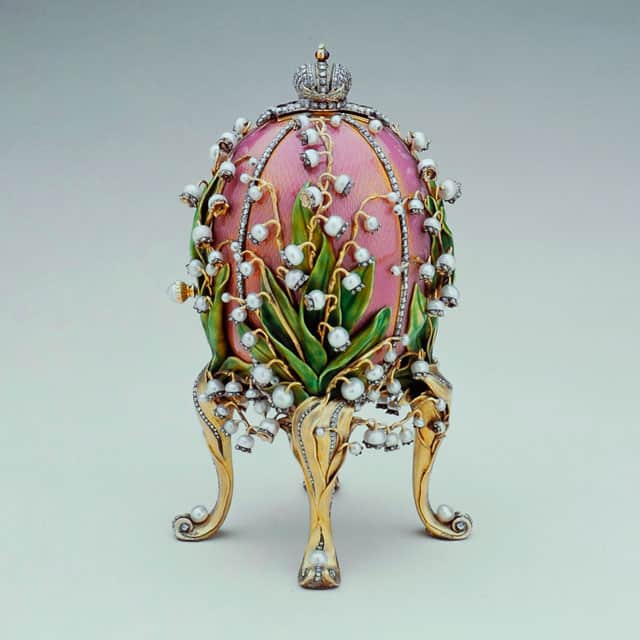
Lilies of the Valley Egg; image courtesy of the Forbes Collection
How much is a genuine Fabergé egg worth?
The short answer is “a lot”. Genuine, pre-Revolution Fabergé eggs don’t come to the market very often. When they do, though, they consistently fetch millions of pounds. There have been a few notable examples of the sales of Fabergé eggs in recent years that demonstrate their almost priceless value.
The Winter Egg (1913)
The Winter egg of 1913 cost 24,700 rubles when it was made. The exterior resembles frost and ice crystals and is studded with over 1500 diamonds. Its surprise, a miniature basket of flowers, is made of platinum and gold and studded with another 1300 diamonds. The flowers are made of white quartz with demantoid leaves. After the Revolution, the Winter egg found its way into the collection of Mr Brian Ledbrooke. It sold at Christie’s in Geneva in 1994 for $5.6 million (£3.95 million, roughly). It then sold again in 2002, this time for $9.6 million (£6.8 million).
The Rothschild egg (1902)
The Rothschild egg was an engagement present that Beatrice Ephrussi de Rothschild gave to her brother’s new fiancee in 1902. It featured a clock on the front, and contained a diamond set cockerel as its surprise. Every hour, the cockerel would emerge from the top of the egg, flap its wings and nod its head, and crow. The Rothschild egg is not only one of the most expensive eggs that Peter Fabergé made and sold, it also set records when it was recovered and sold at Christie’s in 2007. The director of the Russian National Museum bought the egg for £8.9 million at auction, making it the most expensive Fabergé object ever sold at auction, the most expensive Russian object, and the most expensive timepiece. It currently lives in the Hermitage Museum in St Petersburg.
The Third Imperial Egg (1887)
After a scrap dealer in the US found the Third Imperial Egg at a bric-a-brac market, Wartski jewellers in London bought it. The egg sits on an elaborate gold stand, with lion’s paws as its feet. Three sapphires suspended in garlands decorate the outside of the egg, with a diamond acting as the opening mechanism to reveal the watch “surprise” inside. Nobody knows how much Wartski paid the scrap dealer for his lucky find as he preferred not to say. But, the egg is thought to be worth a staggering £20 million!
Other expensive eggs
Pre-revolution Fabergé eggs may well be the most rare and expensive eggs in the world; But, modern Fabergé eggs still sell for tens, if not hundreds of thousands of pounds. Aside from Fabergé, though, there are other eggs with notoriety. The golden egg from Charlie and the Chocolate Factory sold at auction 2012. It went to sale with an estimated price of $20,000 to $30,000 (£14,000 – £21,500 roughly). The egg is made of polystyrene, which makes its value all the more remarkable. An actual solid gold goose’s egg, if they existed, would cost somewhere in the region of $114,000 (£80,500) based on these Redditors’ calculations. Of the edible variety, ostrich eggs are among the more expensive eggs available at around £25 per egg. Emu eggs aren’t far behind at £23.99 per egg. We’d still take a dozen hen’s eggs any day, though!
However egg-stravagant your egg habits, we hope you have a wonderful Easter!
